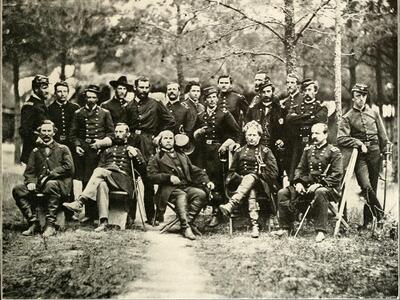Access primary sources, guide commentary, and curated collections
Filter by
Showing Results 25 - 36 of 182

Source
License Authorizing Daniel da Costa Gomez to Be a Ritual Slaughterer
Samuel Mendes de Sola
1757


